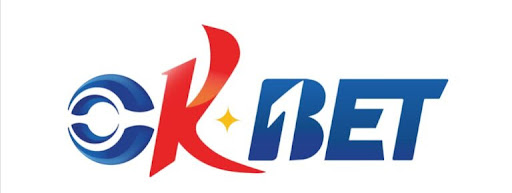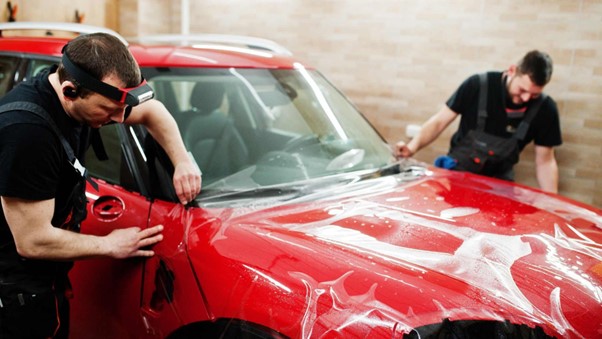
Sports betting can be a thrilling and possibly profitable endeavor if approached with knowledge and strategy. Whether you’re a beginner or a seasoned bettor, understanding fundamental principles can greatly enhance your chances of success.
In this how-to blog, we will explore six essential tips to help you maximize your sports betting experience.
Table of Contents
Learn What’s Your Bet’s Break-Even Rate
Before placing any wagers, it’s crucial to determine the break-even rate for your bet. ………..0
The break-even rate is the percentage of correct predictions required to ensure you neither profit nor lose money in the long run. Understanding this rate allows you to evaluate the profitability of a particular bet and make informed decisions.
Calculate the break-even rate by dividing 100 by the sum of the decimal odds plus one.
Shop ‘Til You Drop
One of the most valuable practices in sports betting is looking (thru bookie shopping) around for the best odds. Different sportsbooks offer varying odds for the same event; even a small difference can significantly impact your potential profits. Take advantage of online platforms and compare odds across multiple reputable bookmakers. Doing so can secure the best possible price for your wagers, increasing your overall profitability.
Knowledge is Power: Know the Value of a Half-Point
In sports betting, the value of a half-point, particularly in NFL betting, cannot be overstated. Football games often have tight margins, making a half-point difference in the spread or total extremely influential.
Familiarize yourself with key numbers in NFL betting, such as 3, 7, and 10, as crossing these thresholds can drastically impact the outcome of your bets. Consider using a sportsbook that offers alternative point spreads to take advantage of these half-point differentials.
Avoid At All Cost: Parlays, Single-Game Parlays
While parlays can be enticing due to their potential for high payouts, they also come with increased risk. Parlays involve combining multiple bets into one, requiring all selections to be correct for a payout.
Single-game parlays, in particular, are highly challenging to win consistently. Instead, focus on single bets or consider using smaller parlays as a fun and occasional addition to your betting portfolio.
The Early Bird, Catches the Worm… So to Speak
Timing is crucial in sports betting, and placing your bets early in the week can be advantageous.
As the week progresses, more information becomes available, and the odds may shift based on various factors such as injuries, weather conditions, or changes in team dynamics. By placing your bets early, you can capitalize on favorable odds before they adjust to reflect the new information.
Focus and Learn Closing Line Value
Closing line value (CLV) refers to the discrepancy between the odds at the time you placed your bet and the odds at the close of betting just before the event begins.
Positive CLV indicates that your initial prediction was accurate or more precise than the market’s expectation. To maximize profitability, strive to achieve positive CLV consistently. Over time, positive CLV suggests that you are making well-informed bets and outperforming the market.
Conclusion
Becoming a successful sports bettor requires knowledge, discipline, and a strategic approach. By following these six tips, you can enhance your understanding of sports betting, improve your decision-making process, and increase your chances of long-term profitability.
Remember, patience and continuous learning are essential, so adapt your strategies as you gain experience and always bet responsibly. Happy betting!







